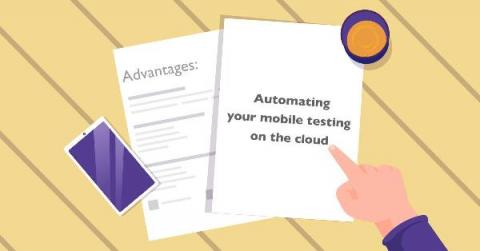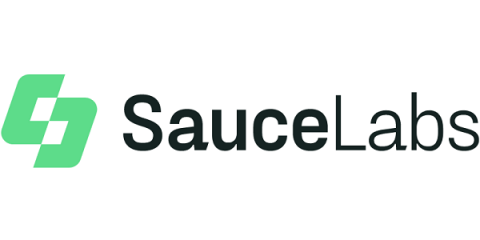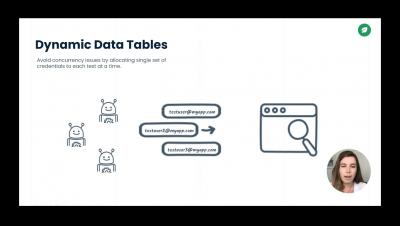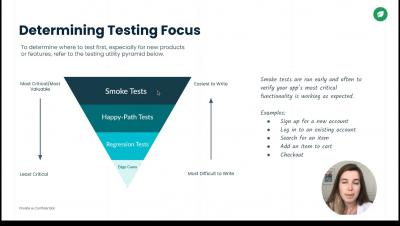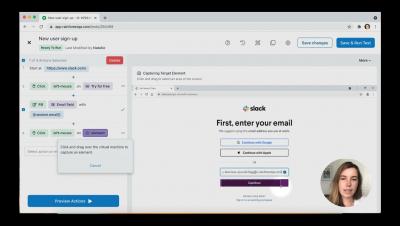Cross Browser Testing Automation: Basic principles
The process of web development has changed its meaning in the time span of twenty years ( 2000 to 2021). Earlier the process was simple and just three technologies could do all the job. The competitors were less and the businesses were slow in adapting to the web application phase. On the client side, browser choice was not a luxury. Mainstream desktops had internet explorer with Netscape as an option but it was slower in capturing a significant share.




